From Rack and Pinion to Planetary Gearboxes
Gears are the heart of numerous mechanical systems, powering everything from vehicles to industrial machinery. Whether you're looking for a reliable rack and pinion system, understanding the benefits of a planetary gearbox, or exploring the differences between hypoid gears and double helical gears, understanding their design and function is crucial for maximizing performance and longevity. This guide delves into these essential gear types and highlights the expertise of gears manufacturers who produce these critical components for various applications.
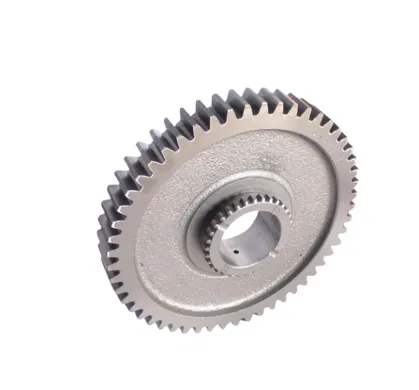
Rack and Pinion: The Essential Mechanism for Linear Motion
One of the most widely used gear systems, the rack and pinion is an essential component in steering mechanisms and various other mechanical applications. This system consists of two parts: the rack, which is a linear gear, and the pinion, which is a small cylindrical gear that meshes with the rack to create linear motion.
How Does Rack and Pinion Work?
The rack and pinion system works by converting rotational motion into linear motion. As the pinion turns, it moves the rack along a straight path. This system is commonly found in car steering mechanisms, where turning the steering wheel rotates the pinion, which then moves the rack to steer the vehicle.
Applications of Rack and Pinion Systems
Aside from automotive steering, rack and pinion systems are also used in machinery that requires precise linear movement, such as CNC machines, lift systems, and even in some robotics applications. The versatility of this system makes it indispensable in fields that demand precise, reliable motion control.
Advantages of Rack and Pinion
One of the primary benefits of a rack and pinion system is its simplicity and ease of use. It provides direct and smooth movement without the need for complex parts or excessive maintenance. The design also allows for high precision, making it ideal for tasks that require fine-tuned control.
Rack and Pinion vs. Other Systems
Compared to other motion systems, such as worm gears or belt-driven mechanisms, the rack and pinion system provides higher efficiency in terms of both speed and load-bearing capacity. The linear motion produced is also more direct and less prone to backlash, a common issue with other types of gears.
Planetary Gearbox: Compact Power Distribution
A planetary gearbox is a sophisticated gear system often used in applications that require high torque in a compact form. The system consists of a central sun gear, a set of planet gears, and a ring gear. The unique arrangement of these gears allows for efficient power distribution and the ability to handle large loads in a smaller, more durable package.
What is a Planetary Gearbox?
A planetary gearbox features a design where the planet gears orbit around the sun gear, engaging with both the sun and ring gears to distribute torque evenly. This unique arrangement results in a highly efficient power transmission system that’s capable of providing high torque output in a compact size.
Advantages of Planetary Gearboxes
One of the main advantages of a planetary gearbox is its ability to handle large torque in a small space, making it ideal for use in machinery where space is at a premium, such as in automotive applications, robotics, and heavy-duty industrial equipment. This gearbox design also distributes wear evenly, extending its lifespan and reducing the risk of failure.
Applications of Planetary Gearboxes
The planetary gearbox is commonly found in applications that require compact, high-torque solutions. These include electric vehicles, robotics, industrial machinery, and even in wind turbines. The system’s compact nature and ability to transmit high torque make it indispensable in modern technology.
Choosing the Right Planetary Gearbox for Your Needs
When selecting a planetary gearbox, it's important to consider factors such as the required torque, speed, and the environment in which the gearbox will operate. Manufacturers often offer various configurations, including single and multi-stage designs, to meet different performance requirements.
Hypoid Gear: A Smooth, Quiet Option for High-Torque Applications
Hypoid gears are a special type of spiral bevel gear, where the axes of the pinion and the gear do not intersect. This unique design allows for smoother meshing, quieter operation, and the ability to handle higher torque loads compared to standard bevel gears.
What is a Hypoid Gear?
A hypoid gear is similar to a bevel gear, but the pinion and gear axes are offset, allowing for smoother meshing. The unique design of the hypoid gear enables the transmission of power with less noise and vibration, making it ideal for applications where quiet operation is essential.
Applications of Hypoid Gears
Hypoid gears are commonly used in automotive applications, particularly in rear-wheel drive axles, where the need for smooth and quiet power transfer is critical. They are also used in heavy machinery and industrial equipment where high torque and durability are essential.
Benefits of Hypoid Gears
The hypoid gear provides numerous benefits, including smoother operation, reduced noise levels, and the ability to handle higher torque loads. This makes it ideal for use in applications where noise reduction is crucial, such as in vehicle drive systems and precision industrial equipment.
Hypoid Gear vs. Spiral Bevel Gear
While both hypoid gears and spiral bevel gears have similar applications, the key difference lies in their design. Hypoid gears provide a smoother, quieter operation due to their offset axes, while spiral bevel gears typically have their axes intersecting, resulting in slightly more noise and vibration. The offset design of hypoid gears also enables a greater contact area, improving torque handling capacity.
Double Helical Gear: A Stronger, Quieter Alternative for Heavy Loads
The double helical gear is a specialized type of gear that features two sets of helical teeth, each set angled in opposite directions. This design reduces axial thrust and provides greater strength, making it ideal for heavy-duty applications that require higher torque and smoother, quieter operation.
What is a Double Helical Gear?
A double helical gear consists of two sets of helical teeth, with one set angled to the left and the other to the right. This design balances the axial forces created by the gears, reducing thrust and improving overall stability. The double helical gear is known for its durability and ability to handle high torque without generating excessive noise.
Advantages of Double Helical Gears
The main advantage of a double helical gear is its ability to reduce axial thrust, which can cause wear and tear on other gears. This makes it an excellent choice for heavy-duty machinery that operates under high loads. The design also helps minimize noise, making these gears ideal for applications where quiet operation is crucial.
Applications of Double Helical Gears
The double helical gear is widely used in industrial machinery, such as gearboxes, turbines, and compressors, where high torque and quiet operation are required. Its durability and ability to handle heavy loads make it particularly useful in high-stress environments, including in automotive and manufacturing industries.
Double Helical vs. Single Helical Gear
While single helical gears are efficient, they generate significant axial thrust, which can lead to increased wear. The double helical gear mitigates this issue by using two sets of helical teeth, which balance the axial forces, resulting in smoother operation and greater load-handling capacity.
Gears Manufacturers: The Experts Behind the Technology
Gears manufacturers play a critical role in producing the high-quality gears required for various industries. From rack and pinion systems to planetary gearboxes and specialized gears like hypoid gears and double helical gears, these manufacturers ensure that all components are designed to meet the highest standards of precision, durability, and performance.
Who Are Gears Manufacturers?
Gears manufacturers are companies that design, produce, and supply various types of gears for different industries. They focus on creating custom gear solutions that meet the specific needs of their clients, ensuring optimal performance and longevity of the gears in various applications.
What Makes a Good Gears Manufacturer?
A good gears manufacturer is one that uses high-quality materials, cutting-edge manufacturing processes, and expert engineering to create precision gears. They must also offer excellent customer service, ensuring that the gears are properly customized and that any technical issues are promptly addressed.
Custom Gear Solutions from Manufacturers
Many gears manufacturers provide custom gear solutions, including the design and production of gears that are tailored to specific applications. Whether it’s a rack and pinion system for a unique machine or a planetary gearbox for a specialized piece of equipment, these manufacturers ensure that the gears meet the performance and durability requirements of their clients.
How to Choose the Right Gears Manufacturer
When selecting a gears manufacturer, it's important to consider factors such as the quality of their products, their experience in the industry, and the range of gear types they offer. A good manufacturer should be able to provide expert advice on the best gears for your application and offer support throughout the process.
Hypoid Gear FAQs
What is the Difference Between a Rack and Pinion and a Planetary Gearbox?
The rack and pinion system is used to convert rotational motion into linear motion, while a planetary gearbox is used to distribute torque efficiently in a compact form. They serve different functions in mechanical systems.
How Does a Hypoid Gear Work?
A hypoid gear features offset axes, which allows for smoother meshing and quieter operation compared to traditional bevel gears. This design is ideal for high-torque applications that require durability and minimal noise.
Why Are Double Helical Gears Used in Heavy Machinery?
Double helical gears reduce axial thrust, allowing them to handle heavy loads and high torque without excessive noise or wear. This makes them ideal for use in industrial machinery and other high-stress applications.
What Are the Benefits of Using Planetary Gearboxes?
Planetary gearboxes offer high torque output in a compact form, making them ideal for applications with limited space. Their unique design also ensures even power distribution and reduces the risk of failure.
How Do Gears Manufacturers Ensure Precision in Gear Production?
Gears manufacturers use advanced engineering techniques and high-quality materials to produce gears with precise measurements and tolerances. They also employ rigorous testing processes to ensure the gears meet industry standards for performance and durability.
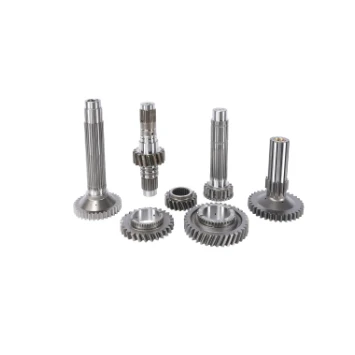
The agricultural and industrial machinery sector is experiencing remarkable growth, and at the heart of this expansion lies the trade and supply of tractors.
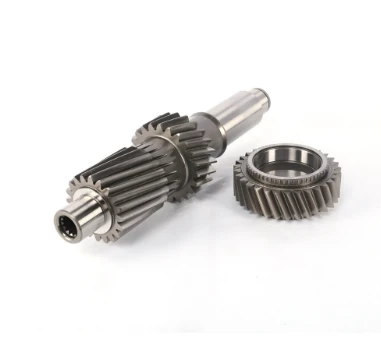
In the world of heavy - duty construction, the seamless operation of machinery is crucial for large - scale projects.
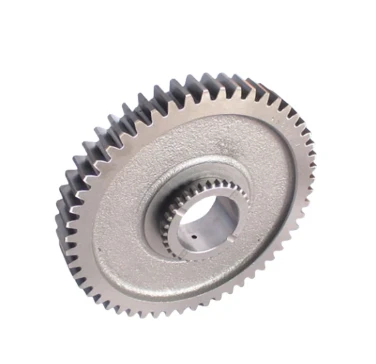
The world of tractors is vast and varied, catering to both practical agricultural needs and the passionate interests of collectors.
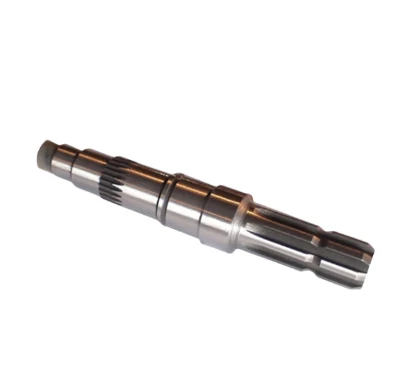
The agricultural and construction machinery landscape is constantly evolving, with tractors standing as essential workhorses for a variety of tasks.
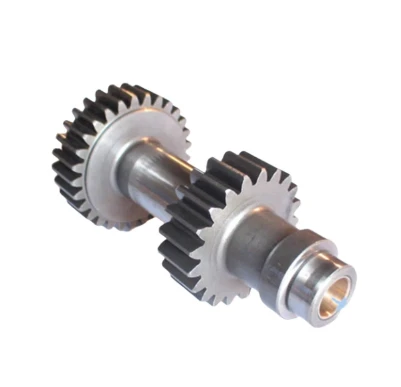
In the intricate world of mechanical engineering, gears are fundamental components that enable the seamless transfer and manipulation of power.
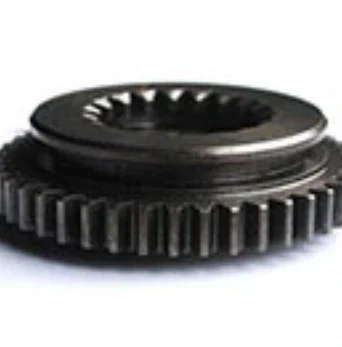
The market for tractors is a bustling hub, catering to a wide range of needs from large - scale farming operations to small - scale gardening projects.
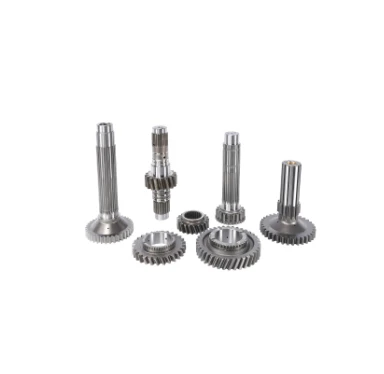
In the dynamic world of farming, machinery has become an essential part of efficient and productive operations.
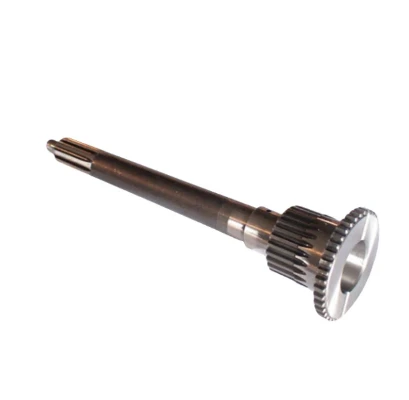
In the expansive realm of agriculture, various tools and machines play crucial roles in ensuring efficient crop production and overall farm management.
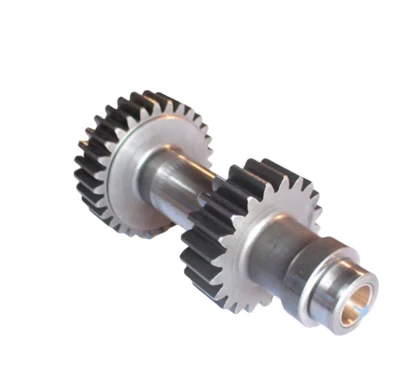
Tractors are essential workhorses in the agricultural and construction sectors, playing a pivotal role in a wide range of tasks.
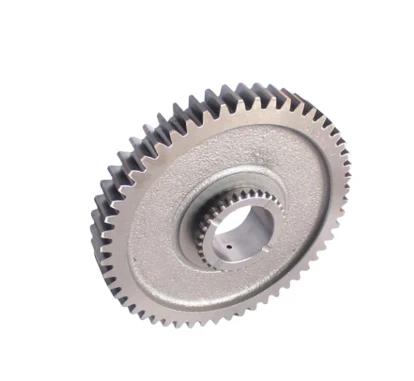
The agricultural and construction sectors rely heavily on tractors for their operations, and the entities involved in the production, distribution, and pricing of these machines shape the industry's trajectory.
International layout
Spread all over the world
our products are exported to various parts of the world. Currently, our products have been exported to more than 40 countries Our products cover Asia, Europe, Africa, South America, North America, and Oceania
Sign up
for Newsletter
Subscribe to the weekly newsletter for all the latest updates







